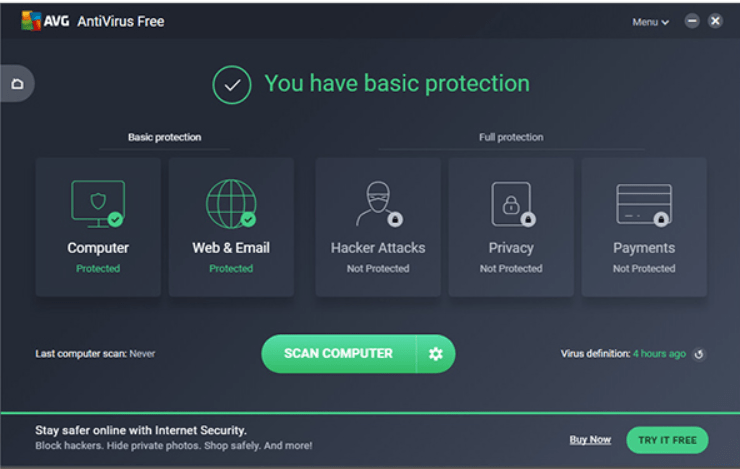

Windows XP shipped without a firewall enabled and network services were exposed directly to the Internet, which made it an easy target for worms. Much software wouldn’t work if you did use a limited user account, anyway. Windows XP supported multiple user accounts with limited privileges, but most people just logged into their Windows XP systems as the Administrator user. However, Microsoft never really designed consumer versions of Windows for security until Windows XP SP2. Windows NT – the core of Windows 2000, XP, Vista, 7, and now 8 – is a modern, multi-user operating system that supports all the essential security settings, including the ability to restrict user account permissions. DOS didn’t have proper user accounts, file permissions, or other security restrictions.


Windows 3.1, 95, 98, and Me may have looked like advanced operating systems at the time, but they were actually running on top of the single-user DOS. While Linux and Apple’s Mac OS X (based on Unix) were built from the ground-up to be multi-user operating systems that allowed users to log in with limited user accounts, the original versions of Windows never were.ĭOS was a single-user operating system, and the initial versions of Windows were built on top of DOS. Historically, Windows was not designed for security. There’s a lot more to it than popularity. This is the most common argument for Windows having such a history of malware, and it’s true - but this isn’t the only reason, either.


 0 kommentar(er)
0 kommentar(er)
